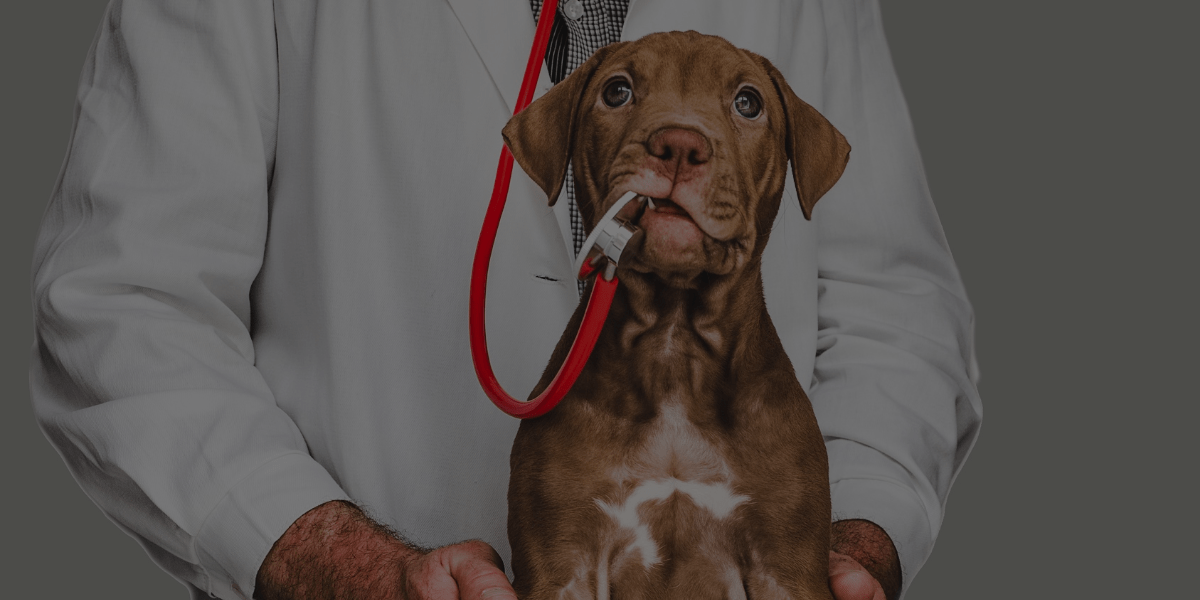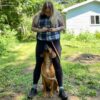QC Pet Studies graduate, Casey Bechard, works as a full-time dog groomer and shop manager at Off The Leash Pet Grooming in Regina, Canada. Today, she discusses the importance of First Aid training for groomers, and how it’s helped her as a grooming salon manager!
When it comes to grooming dogs, there is so much more you need to know then simply bathing, brushing, clipping, etc. It’s just as important that you properly understand the dog’s health, and that you know how to spot the signs that indicate they might be at risk.
There are a lot of things that could go wrong, especially when grooming certain types of dogs. Please know, I’m not writing this to scare anyone! Rather, the point I wish to make is that it’s always beneficial to have First Aid training as a certified groomer.
The single best way to acquire this knowledge is through your dog grooming courses! As a graduate of QC’s First Aid for Groomers Course, I’m going to share a little bit about what you’ll learn in this program. I’ll also touch on some of the things I took away from it, and have since applied in real-world situations, as part of my daily job in a grooming salon.
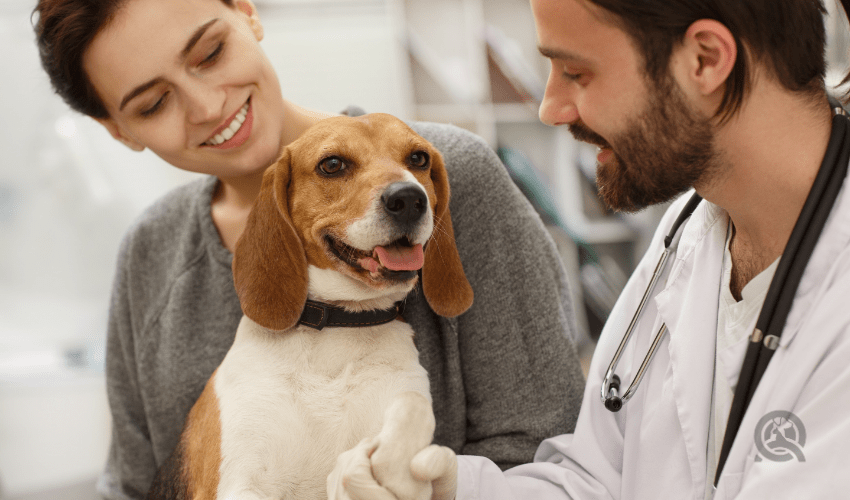
What I Learned from QC Pet Studies’ First Aid Course
As some of you may know, when you sign up for the QC’s Dog Grooming Course, you’re also provided with the First Aid for Groomers Course at no charge! Now, you’re probably thinking: how am I supposed to learn First Aid on a dog through an ONLINE course?
I mean, yeah, I thought the same thing. This is an understandable question to have. But the videos and course texts you receive demonstrate the theories, techniques, and practices in an incredibly thorough way. So long as you pay proper attention to your studies, there is no doubt that you will learn everything you need to know!
Above all else, what I took away from my First Aid training was that there are many things that can potentially go wrong. This is particularly the case when grooming certain dogs. However, the majority of these risks can be avoided, if you know how to read the dog’s behavior and body language.
If a dog is in distress of any kind, he’ll exhibit signs that indicate this. Trust me, once you know what to look out for, it won’t be hard to detect when something bad might be about to happen. This way, you can react accordingly and minimize the chance for there to be negative consequences.
For example: if a dog were to about to experience a seizure, and you had NO idea it was about to happen, the situation could easily become life-or-death for that dog. On the other hand, if you’ve taken dog grooming courses and First Aid training, you’ll be able to anticipate the situation and handle it in a way that keeps your furry client safe!
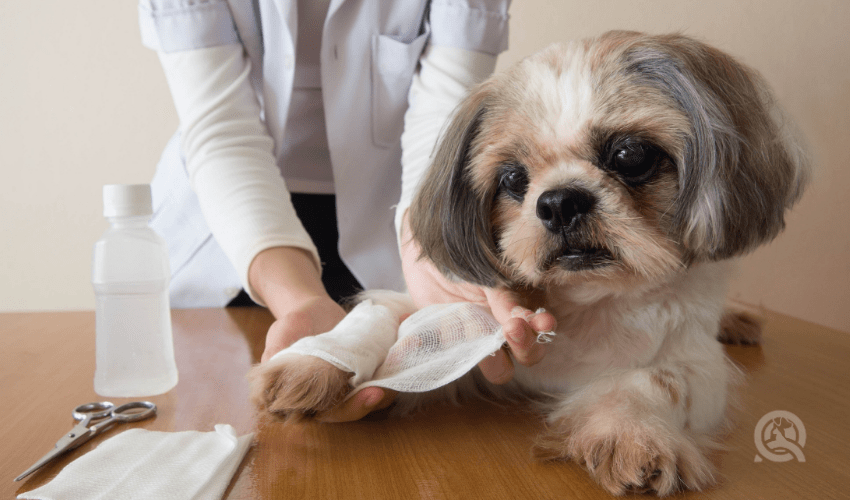
In the 2 years that I’ve been grooming professionally, I have only ever seen 1 dog seize on the table. In that case, it took place when we were using the high velocity dryer. A lot of dogs will undergo high stress when this dryer is being used – so this is one step in the grooming process that you should be on HIGH alert for.
In my experience, I’ve also noticed that another potentially dangerous factor to be mindful about is accidentally cutting or scratching the dog with your tools. Similarly, you need to pay attention and make sure they don’t become overheated and/or dehydrated.
Your First Aid training (and dog grooming courses in general) will guide you through proper grooming techniques and etiquette. This way, you’ll lower your chances of accidentally injuring the dog, and will know what body language to look out for in the event that they experience distress.
Remember: once your client’s dog is in your care, everything that happens to him is YOUR responsibility! Knowing First Aid can really help in difficult situations.
Applying Your Training to a Real-World Environment
Whenever a dog first comes to see me, I will inspect him and gather as much information as I can. My goal is to figure out:
- What his ‘normal’ disposition/behavior is
- If he is in good health and in good condition
You’ll also need to know if he has any underlying conditions, health problems, or injuries. The best way to obtain this information is by asking the owner directly, before the appointment begins. If something happens to occur while grooming the dog, and he incurs an injury of any kind that wasn’t there before (e.g. a nick, a rash, etc.), ensure to let the owner know as soon as they arrive to pick up their pup.
If you come across anything worrisome or potentially problematic, let them know of this, too. Even if it’s not that big of a deal presently, it could be something that grows worse if left unattended.
At the end of the day, every single client wants to make sure that their dog is in good hands. Being thorough, mindful, and honest is a guaranteed way to let them know they are!
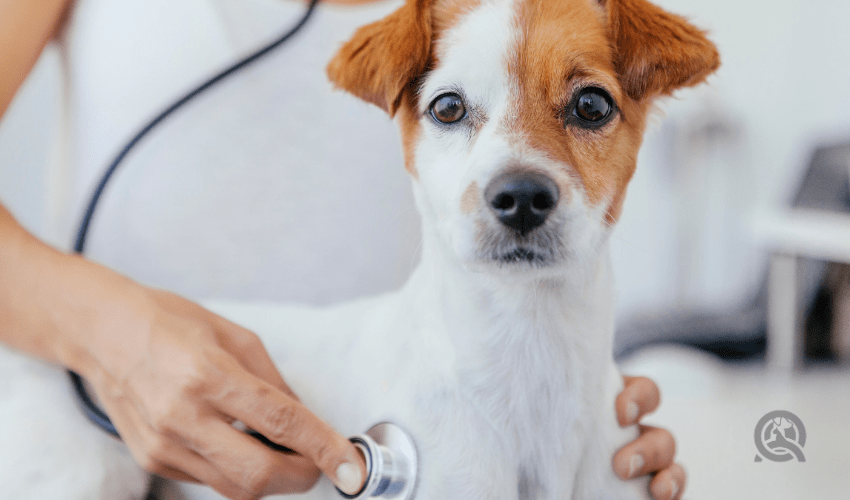
A lot of times, people go into dog grooming not really knowing what to actually expect. Your dog grooming courses and First Aid training will help prepare you. They’ll help you come to find that some dogs have bad skin and fur; others have infected ears or mouths. Every dog is different – I can’t stress this enough!
You will always use what you learn in a First Aid Course, even if you don’t know it. I’m always checking the dog’s gums to make sure they’re breathing well, or giving them water if they’re panting. If a dog seems super stressed out, I’ll pause the groom and give him a break. After a while, these little habits will become as second-nature to you as breathing.
We all want what’s best for the dogs we are handling! Not to mention that if this is truly your passion, you’ll forever be wanting to learn more when it comes to dog grooming – and even just dogs in general!
Personally, I love learning about dogs that have skin issues. I don’t know why this fascinates me, but if I see a dog with itchy or flaky skin, I always become overwhelmed with the desire to treat it with a good bath and moisturizing shampoo.
The fact that I can rely on the information I gathered from my dog grooming courses and First Aid training, and apply it to my career on a regular basis, is incredibly rewarding to me!
Other Valuable Information You’ll Learn
Another critical thing you’ll learn in your First Aid training is how to make an emergency plan. You’ll learn to gather and utilize important network contacts. Vets and animal poison control are two resources you absolutely MUST have on-hand at all times. Make sure you have this information in a safe spot, where everyone working there can access it with ease.
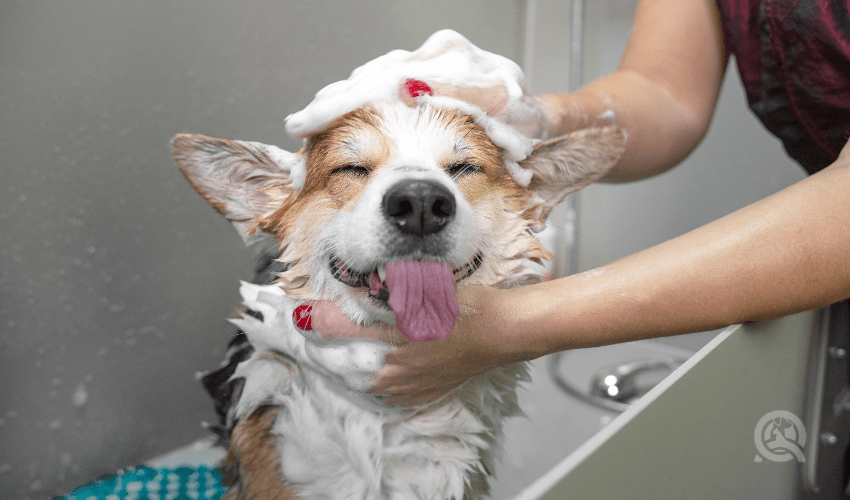
You’ll also become an expert at checking a dog’s vitals. This includes:
- Checking to see if the gums are healthy
- Making sure his capillary refills are normal
- Keeping track of his respiratory rate
- Ensuring he has a healthy pulse
- Noting the size/state of his pupils
- And much more!
These are all fantastic things to know! In an industry such as this one, it’s the little things – and the smallest efforts you make – that go a long way and leave a lasting impression on your clients.
It’s definitely worth it to learn about the health of dogs, and get the most out of your dog grooming courses. I hope that you continue learning things as time goes on, and never fail to be amazed at the new information always around every corner. I truly believe that there is ALWAYS something new to learn in this career!
Happy grooming! 😊
